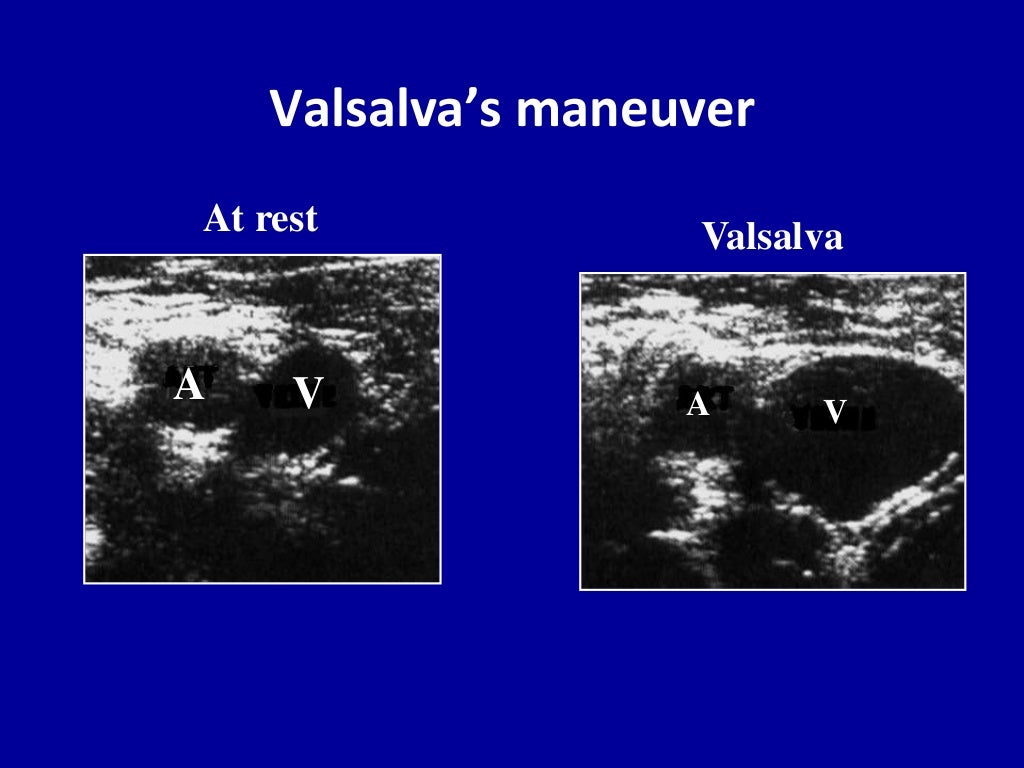

Venous mapping before Acute deep venous thrombosisĬurrent literature shows the sensitivity of venous Doppler ultrasound for UEDVT to range from 78% to 100% and its specificity to range from 82% to 100%, ,,. Indications for upper extremity venous Doppler ultrasound, as listed in the 2006 American College of Radiology practice guideline for the performance of peripheral venous ultrasound examination, include but are not limited to 1.Įvaluation of possible venous obstruction or thrombus in symptomatic or high-risk asymptomatic individuals 2. The most common indication for venous Doppler ultrasound of the upper extremity is to identify DVT. Wells and colleagues previously demonstrated that the use of a clinical model allows the physician to determine accurately the probability that a patient has DVT before diagnostic tests are performed.

Fatal pulmonary embolism caused by DVT of the upper extremity has been reported. In 12% to 16% of pulmonary embolism cases, the source of thrombus is the upper extremities. Undiagnosed and untreated deep venous thrombosis (DVT) can result in the fatal outcome of pulmonary embolism. Transverse gray-scale image Clinical diagnosis The upper extremity venous imaging protocol includes the following images for each deep venous segment: 1. Participation in one of the vascular accreditation programs, such as the American College of Radiology or the Intersocietal Commission for the Accreditation of Vascular Laboratories, is strongly recommended. Training, skill, and experience are extremely important in performing all vascular ultrasound examinations, including upper extremity venous Doppler ultrasound. The patient is scanned in a supine position with the examined arm abducted from the chest and with the patient's head turned slightly Imaging protocol These technical challenges include the inability to compress the subclavian vein because of the overlying clavicle and the need to differentiate large venous collaterals from normal veins in cases of venous obstruction. Sonographic evaluation of the upper extremity venous system is more technically challenging than evaluation of the lower extremity venous system. The venous anatomy of the neck and arm is illustrated in Fig. 1.


 0 kommentar(er)
0 kommentar(er)
